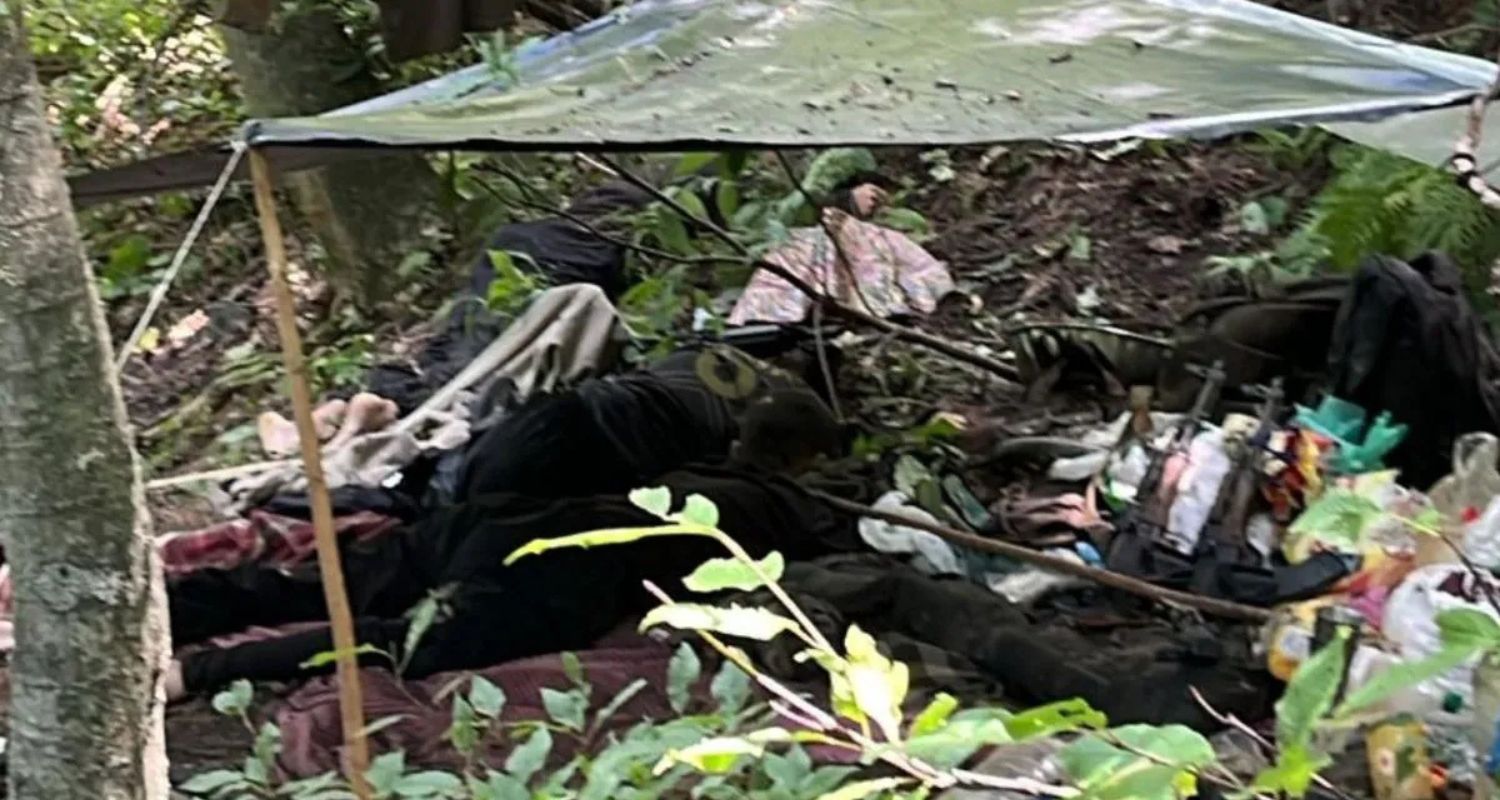Security forces in Jammu and Kashmir on Monday avenged the April 22 Pahalgam terror attack by eliminating three terrorists, including the alleged mastermind Suleiman Shah, alias Hashim Musa, in a high-intensity encounter in Srinagar. The operation, codenamed Operation Mahadev, was executed after days of planning and precise tracking.
Suleiman Shah, a Lashkar-e-Taiba (LeT) terrorist, was a former commando of Pakistan’s elite Special Service Group (SSG). After leaving the military, he joined the ranks of UN-designated terrorist Hafiz Saeed's LeT to conduct terror operations against India, according to intelligence sources quoted by national media.
A precise timeline of Operation Mahadev
For several days, Indian security agencies had been tracking the group. The breakthrough came at 2:00 a.m., when the terrorists activated a T82 ultraset — a highly encrypted communications device. The signal enabled forces to pinpoint the group’s location deep within the Dachigam forests.
At 8:00 a.m., surveillance drones were deployed to obtain visuals of the terrorists. By 9:30 a.m., the Rashtriya Rifles (RR) — the Army’s counter-insurgency unit — moved into position. They were soon joined by Para Special Forces commandos, who advanced towards the Mahadev hill feature by 10:00 a.m.
Within 30 minutes, the commandos visually confirmed the terrorists’ presence. The engagement began at 11:00 a.m., and all three terrorists were struck in the initial burst of gunfire. One injured militant attempted to flee but was neutralised by 11:45 a.m.
A sweep and sanitisation operation was launched within a 2-kilometre radius of the encounter site. By 12:45 p.m., the terrorists' bodies were recovered, photographed, and positively identified.
National media obtained images of the forest hideout used by the terrorists. The visuals revealed a stockpile of weapons, including Carbine and AK-47 rifles, 17 rifle grenades, and additional arms and ammunition. Intelligence suggests that the group was preparing for a major terror strike in the region.
Operation Sindoor: The larger counter-offensive
Operation Mahadev came after India's previous retaliatory mission, Operation Sindoor, which was carried out in the early hours of May 7 in response to the terror attack in Pahalgam that killed 26 people, the majority of whom were civilians.
The Indian Armed Forces carried out targeted attacks on terror infrastructure in Pakistan and Pakistan-Occupied Kashmir (PoK) at approximately 1:00 a.m. Sites utilised by terrorist organisations like Lashkar-e-Taiba (LeT), Jaish-e-Mohammed (JeM), Hizbul Mujahideen, and others were among the targets.

Also Read: Reactivated comm device exposes hideout of Pahalgam attackers
A total of nine locations were hit, each carefully chosen based on their involvement in earlier terror activities and infiltration attempts into India. These included:
- Muridke, the LeT headquarters in Pakistan, controlled by Hafiz Saeed
- Bahawalpur, the base of JeM led by Masood Azhar in Pakistan’s Punjab province
Operation Sindoor, named for the women who lost their husbands in the Pahalgam massacre, was designed to destroy the logistical and operational core of terror networks supported by Pakistan. By fusing intelligence-driven accuracy with strategic military planning, Operations Mahadev and Sindoor collectively show an Indian response to cross-border terrorism that is both forceful and well-thought-out.
Also Read: 3 suspected Pahalgam terrorists killed in Operation Mahadev


